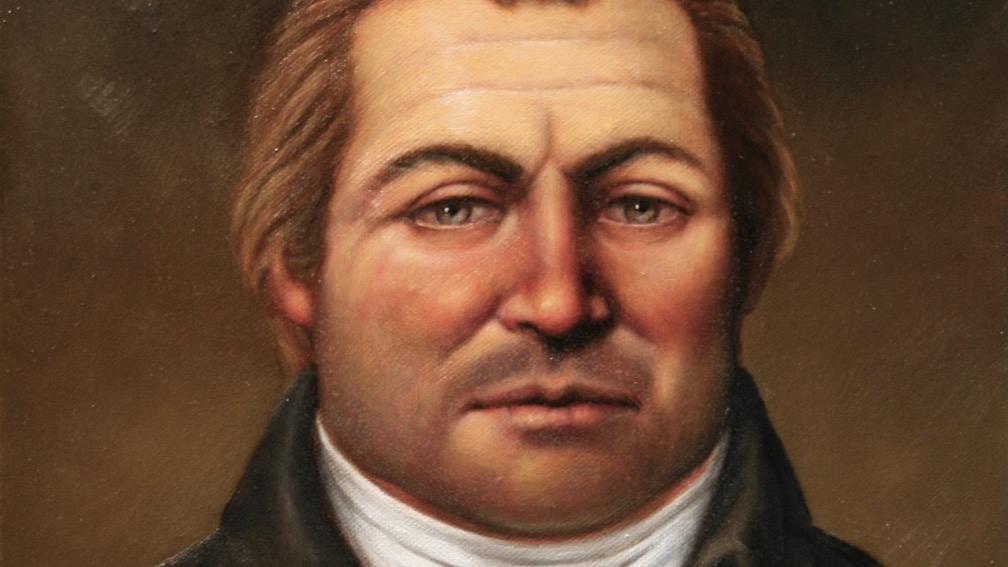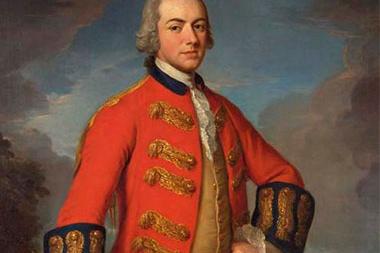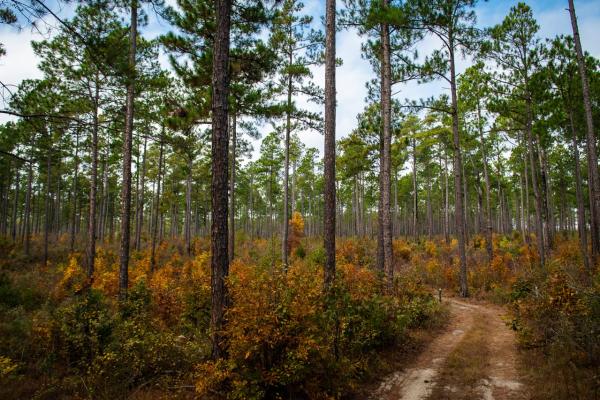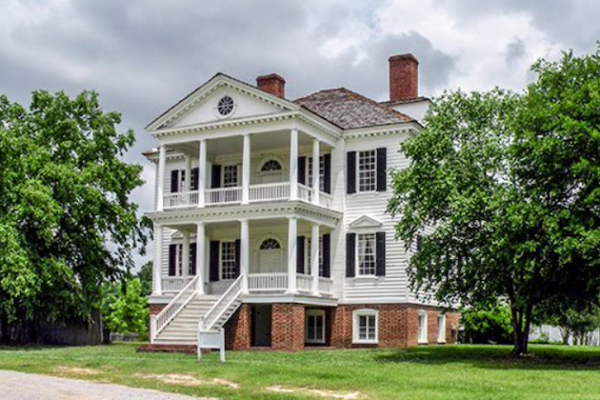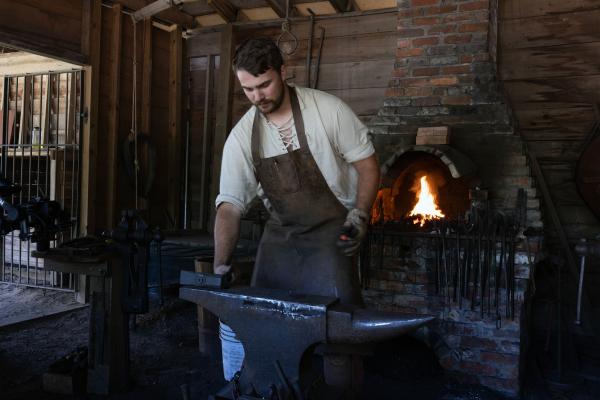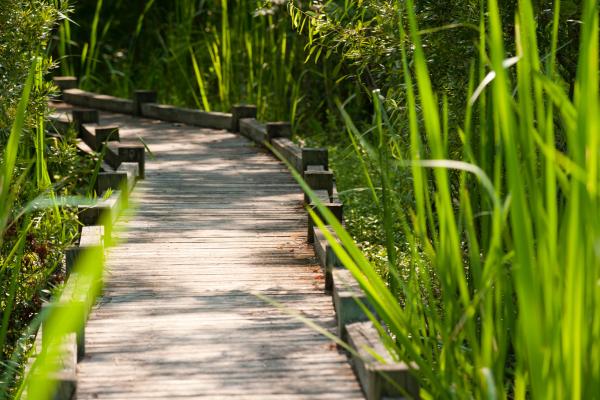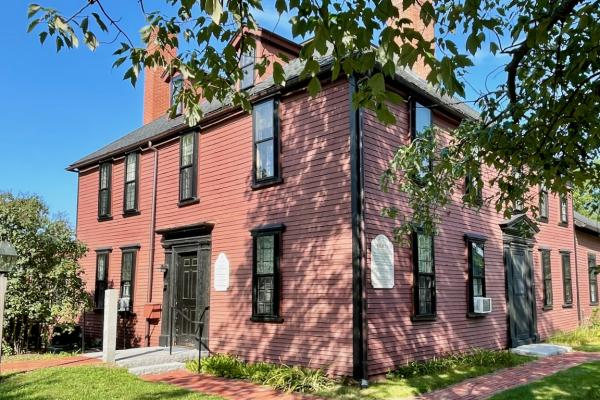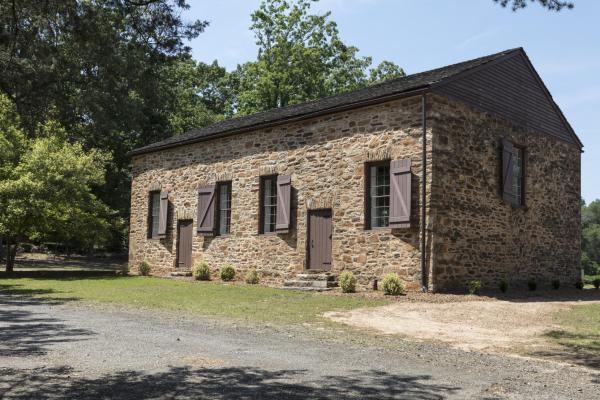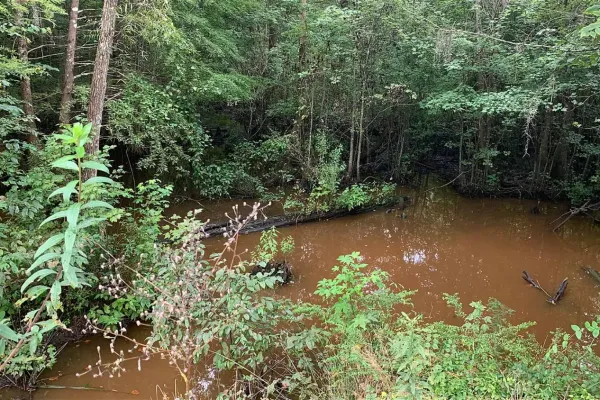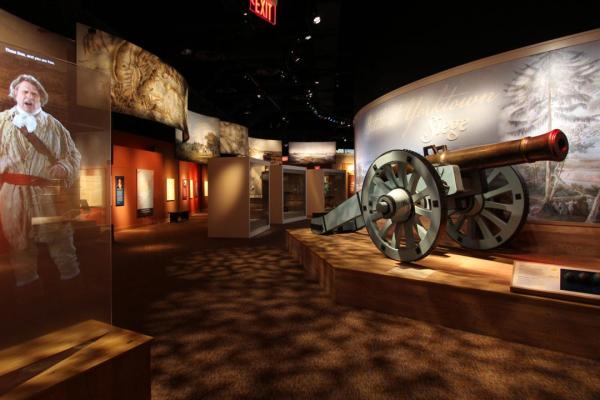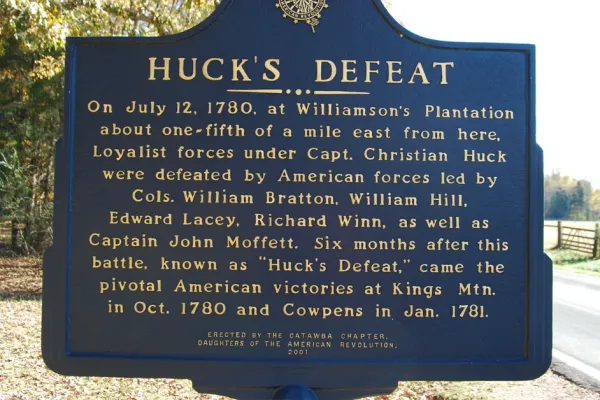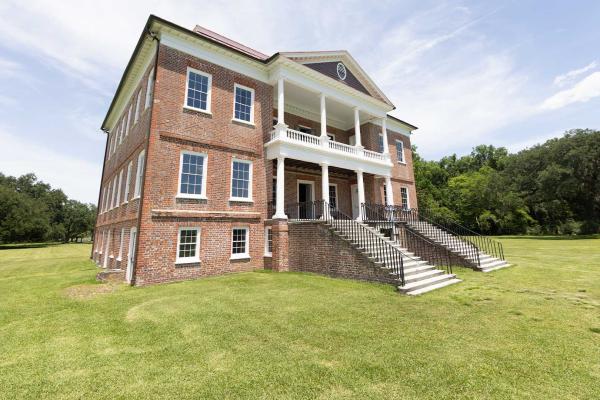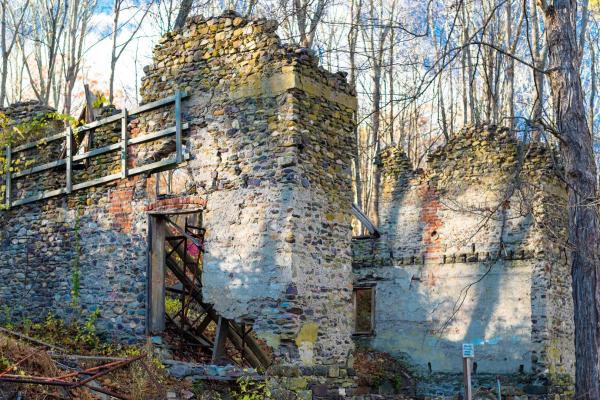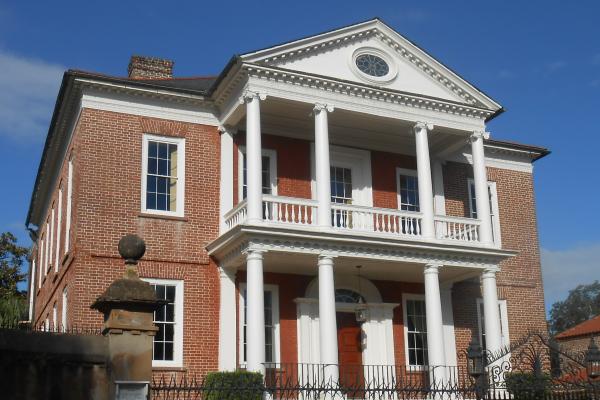Dr. Benjamin Church, the first Surgeon General of the Continental Army, was a secret British spy whose treason was exposed in 1775, leading to his exile and mysterious disappearance at sea.
After the British victory at the Battle of Camden in August 1780, Major Patrick Ferguson was dispatched to the Southern Colonies. His task was to recruit members to fight for the Loyalist militia and protect Cornwallis’s left flank as he attempted to move through the Carolinas.
Despite the prominent role Cornwallis played in the Revolution, Henry Clinton was blamed for the loss of the American colonies following the surrender at Yorktown.
In 1779, after a stalemate in the north, Cornwallis went south as second in command to Sir Henry Clinton. Clinton captured Charleston in May 1780. Cornwallis pressed on to defeat General Horatio Gates at Camden, South Carolina, on August 16, 1780.
Uncovering History
We invite you to visit the preserved locations along the Liberty Trail and to immerse
yourself in the extraordinary events that determined the fate of a nation.
